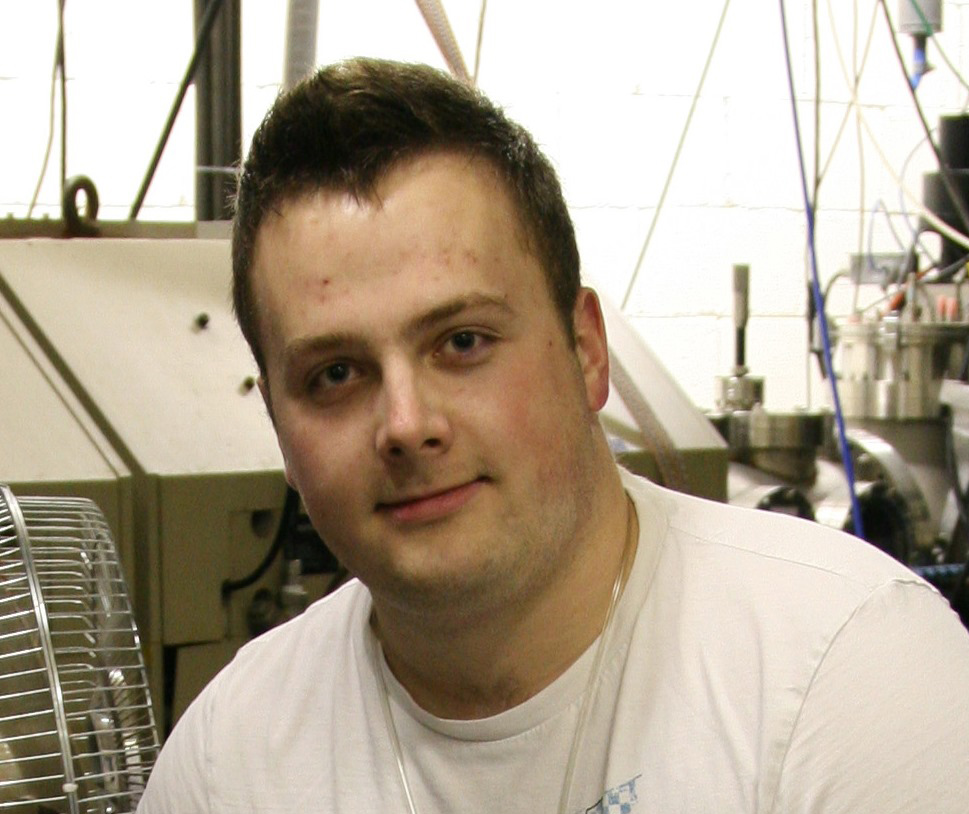
Callum Shand
MPhys Thesis, University of Surrey (February 2013)
The advent of radioactive ion beams has facilitated the study of nuclei far from stability, providing a means by which our knowledge of nuclear structure can be stretched to these exotic nuclei. The study of neutron-induced nuclear reactions on these unstable nuclei, with half-lives on the order of <100 days, necessitates that the reaction be performed in inverse kinematics; thus making the unstable nuclei the beam impinging on a light target. In such studies of the structure of single-particle states, the ability to detect charged particles and gamma rays in coincidence presents significantly more insight than detecting particles alone. The gamma-ray
spectrum carries supplementary structure information, that would otherwise be lost when not detected. High angular resolution of charged particles and high gamma-ray detection efficiency are required to meet the demands for higher accuracy in coincident measurements. A current project, which aims to provide such a system, combines the array of silicon detectors, Oak Ridge-Rutgers University Barrel Array (ORRUBA), inside the 110 Compton-suppressed HPGe detector array, Gammasphere. Detailed in this work is the design work gone towards coupling the two detector systems, to be used together as the Gammasphere-ORRUBA: Dual Detector
for Experimental Structure Studies (GODDESS); along with the current status of the project. Current efforts in validating (d,pg) as a surrogate for neutron capture is one of the many types of reactions which would benefit from the coincident measurement of charged particles and gamma rays, provided by GODDESS. Further to this work, an experimental measurement of the low-lying states in the 95Mo(d,p)96Mo reaction was performed using the silicon detector array STARS, at the Texas A&M University Cyclotron Institute. This reaction, performed in normal kinematics with a 13 MeV deuteron beam, aimed to measure the properties of the low-lying
states. These low-lying states are key benchmarks in the description of nuclear structure, and provide indications of how direct neutron capture should proceed. The Q-values of the four observed low-lying states were determined, with tentative level assignments made to the adopted levels in 96Mo. Extracted from this measurement were the differential cross sections of these states, which yielded proton angular distributions.


